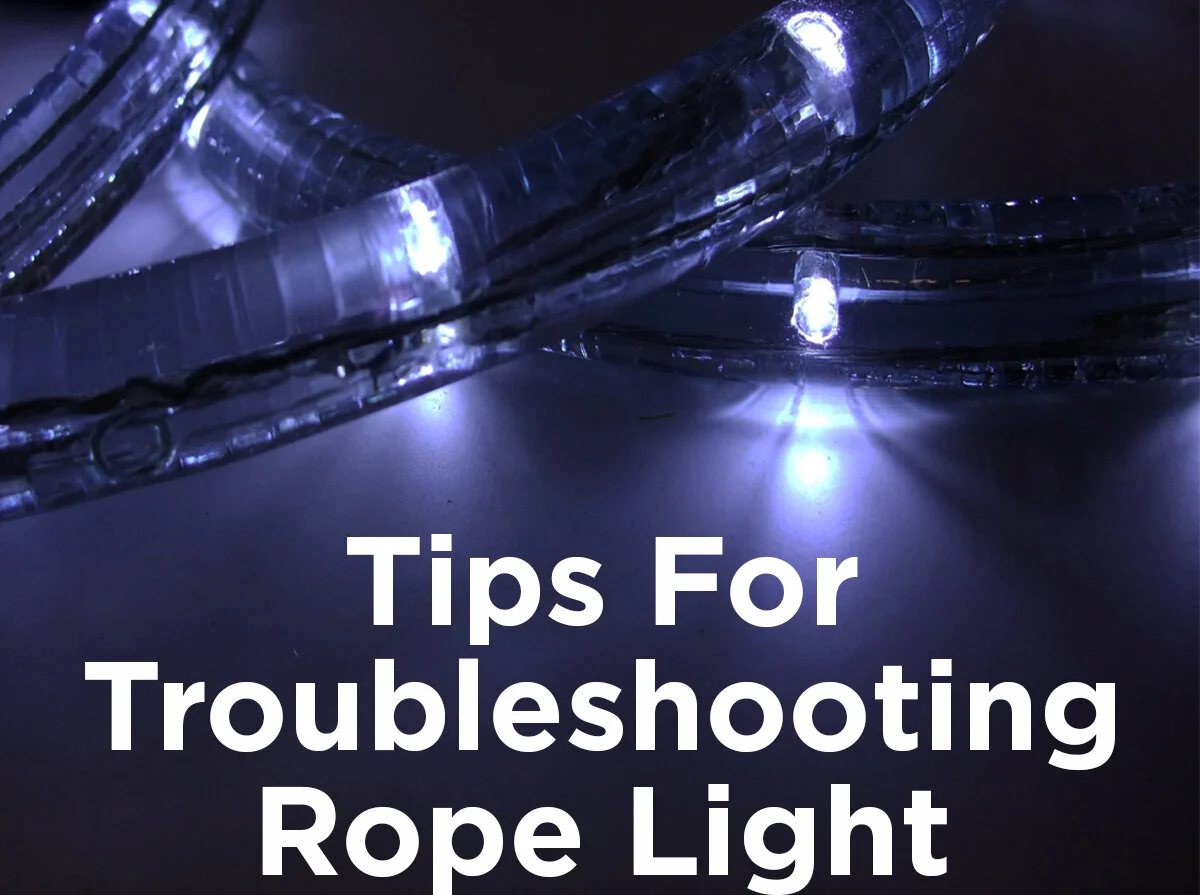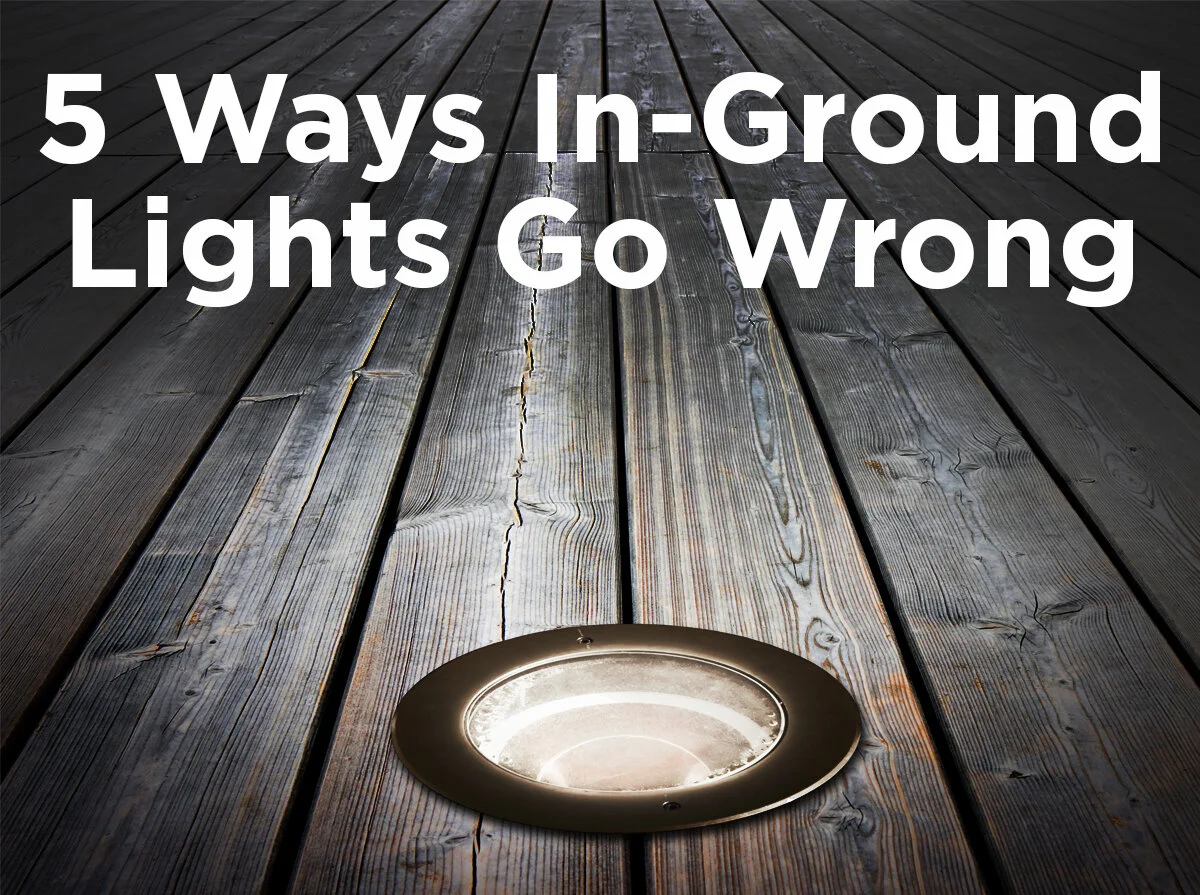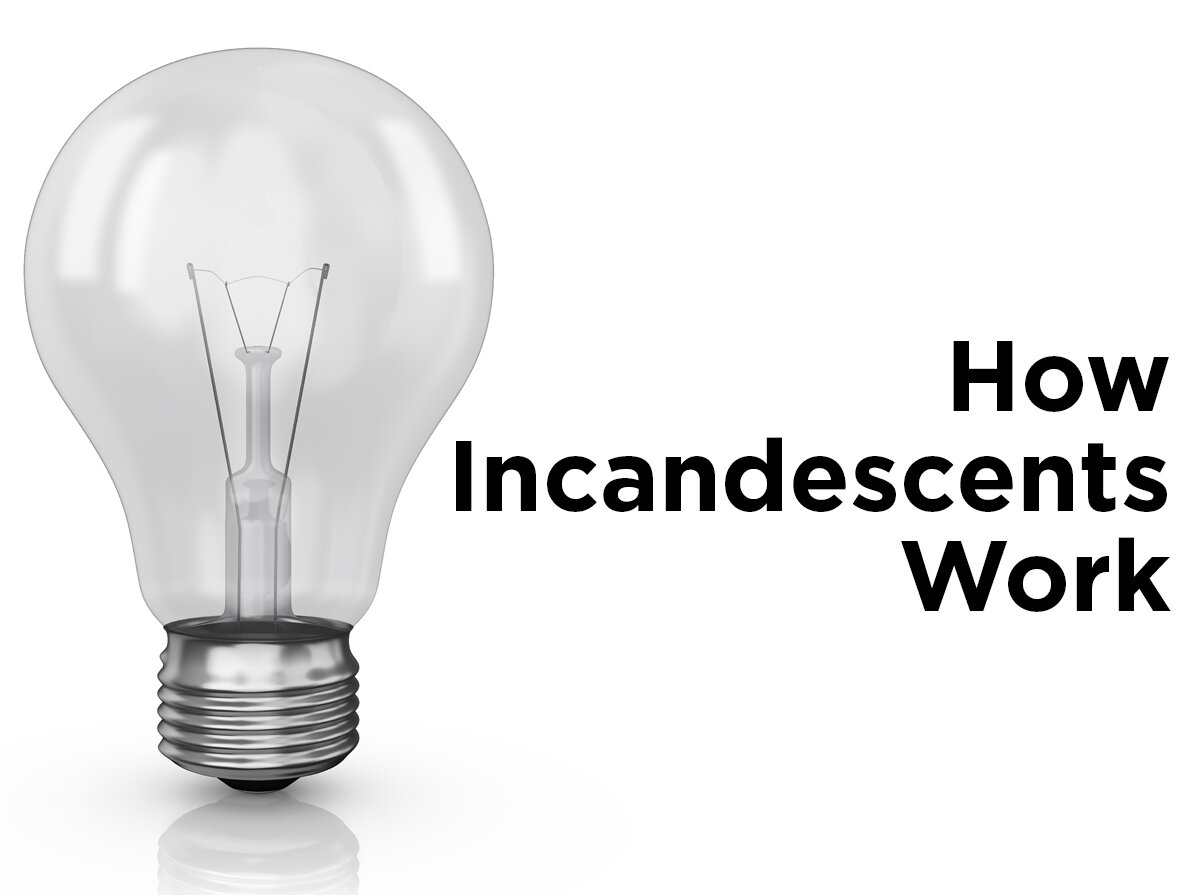Tips for Troubleshooting Rope Light
Rope light is well known for its flexibility and durable in a variety of weather conditions. It’s also known to be rather finicky when it comes to installations. When cutting, reconnecting, or even choosing the right driver, there are a few common tips to keep your lighting in working order.
Splice pin connector for rope light
Bad Pin Connection – If your incandescent or LED rope light fails to turn on at all, the first place to check should be your pin connections. A bad pin connection means A) the pin is faulty or more likely B) the pin is not inserted correctly. You have to be very careful when inserting pin connectors; the actual pin contacts need to be centered in each hole and touching the internal wiring. A crooked insertion could cause your rope light to short circuit.
Incorrect Cutting – Rope light can be cut and reconnected using splice connectors. However, you should only cut rope light at the appropriate cut marks, usually indicated by dashed lines which appear at even intervals. Cutting anywhere besides the cut mark will disrupt the circuit for that section of rope light and cause it to not light up. You can cut rope light with household scissors or a knife but for a clean cut, minus potential jagged edges, try wire cutters instead.
Incorrect Power Source –Double check the power source your rope light requires. Incandescent and LED rope lights are available in 12, 24, or 120-Volt versions. Under powering your lights, such as using a 12-Volt driver or transformer for 24-Volt rope light, is likely to cause your lights to flicker, dim, or not light up at all. Overpowering your rope lights will definitely fry the wiring, causing your lights fail and ultimately be ruined. The driver or transformer’s output voltage must match the input voltage needed by your rope light. 120-Volt rope light doesn’t need a driver; you just have to plug it in to the nearest outlet.
Failed Rectifier – If your rope light is flickering, you might have a failing rectifier. LED lighting includes a rectifier designed to oscillate or turn the LEDs on and off at a rapid rate, typically either 60 Hz (60 times) or 120 Hz per second. At 60 Hz (i.e. half-wave rectification), the rapid on/off rate can be perceived by the human eye; but at 120 Hz (i.e. full-wave rectification) that flicker disappears. Earlier LEDs might be using half-wave rectification, but newer LED rope lights should be using full-wave rectification.
Broken Wiring – That slight crackling sound you hear is not just the plastic stretching—it could be wires breaking as you position your lights. Rope light is flexible up to a certain point and even though the wiring is encased in plastic, you can still break it. Repeatedly bending rope light back and forth can damage the internal wiring and components, so do your best to only bend the light in one direction. Winding your rope lights around poles and trees with small diameters can also cause the wiring to break and short out sections. You can bend the rope light to an angle that’s a little wider than its diameter, but make sure to tie the rope light in that position and don’t allow it to straighten out. Install your lights when the weather is warm or mild, rope light is less malleable when it’s freezing outside. If you need to install rope light in the winter, don’t use very tight curves or lay it out inside and then move the installation outside. For example, when designing word art with tight turns, you can spell it out inside and use zip ties to keep the tighter curves of the letters in place. Once in position, rope light can weather a wide range of weather conditions.
Blown Fuse – Just like mini string lights, the commonly included power cord of 120-Volt rope light can blow its fuse. Your lights may turn on for a few seconds before you hear a popping noise and the lights cut off again. The plug on your power cord should have a section that slides out, allowing you to see and replace the blackened fuse. Before you plug your rope light back in, check to make sure your circuit isn’t overloaded with too many electrical devices. There’s no sense in having déjà vu.
Overheating – While properly installed rope light can handle outdoor conditions like water and cold with ease, too much sunshine and high temperatures can warp the plastic casing, which in turn can cause early failures. When choosing where to install your rope light, try to keep it under overhangs and eaves and out of direct sunlight. Rather than leaving it up all year, consider storing your rope light after the season or occasion is over.
If you’re still having trouble pinpointing your rope light problem, then call 1-800-624-4488 where we have over 50 agents dedicated to finding you a simple yet effective lighting solution.








